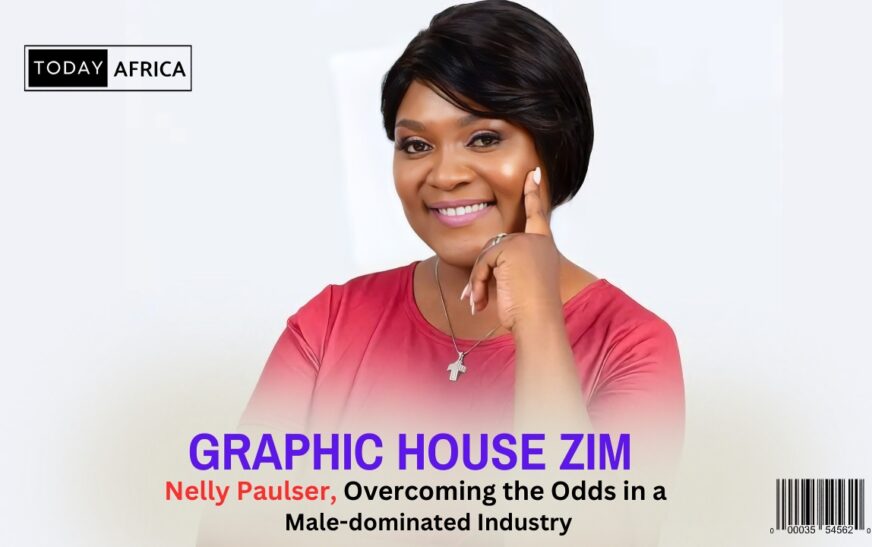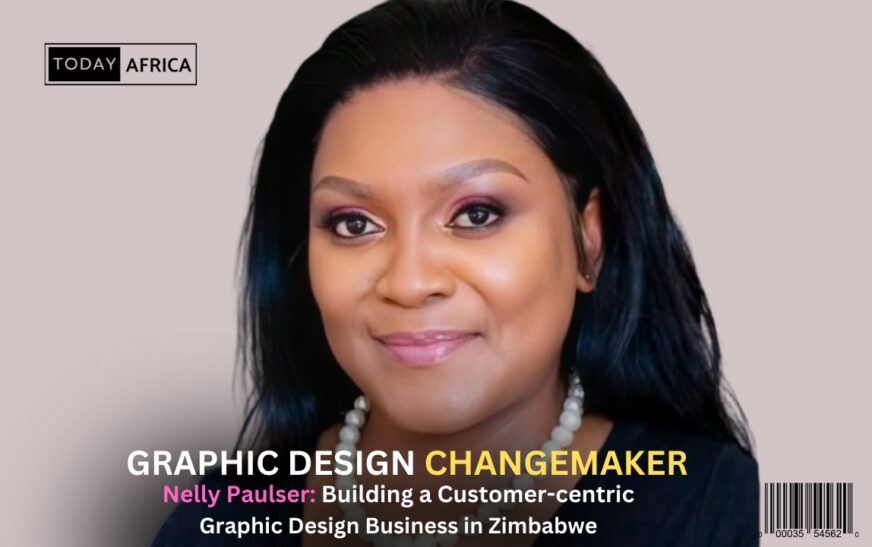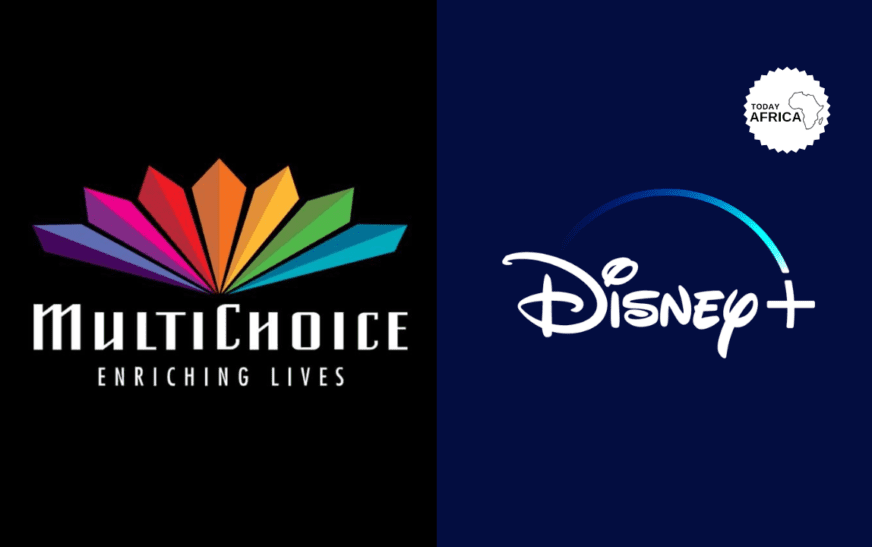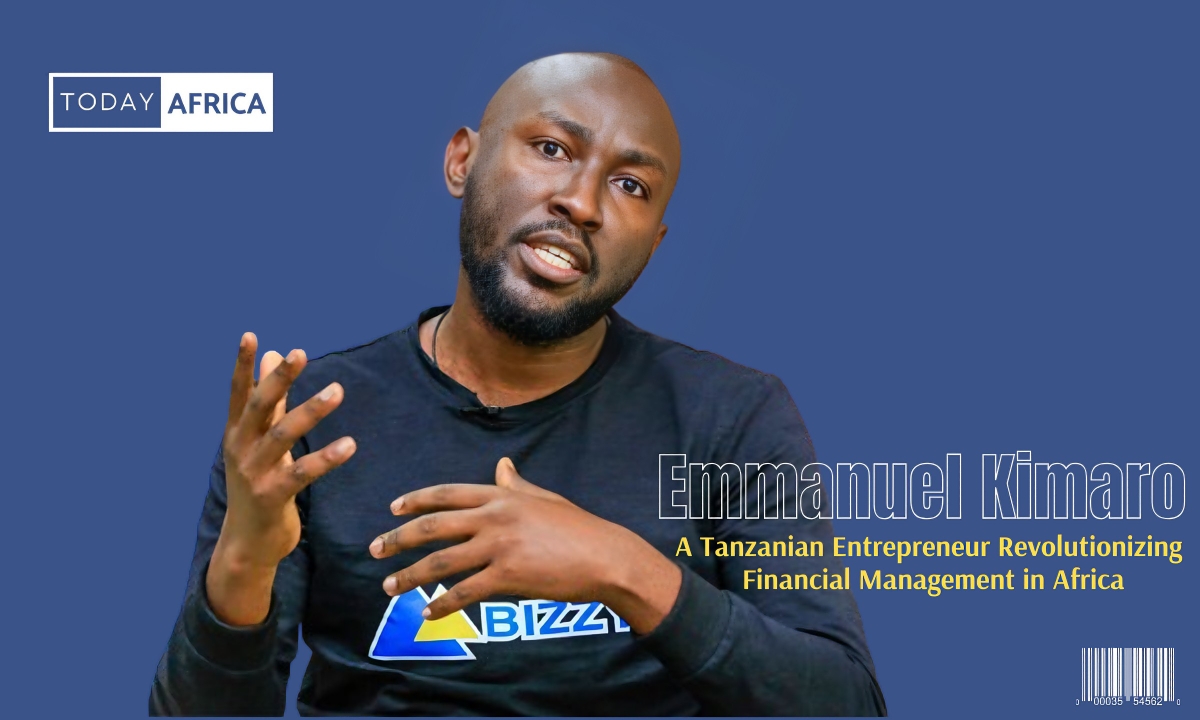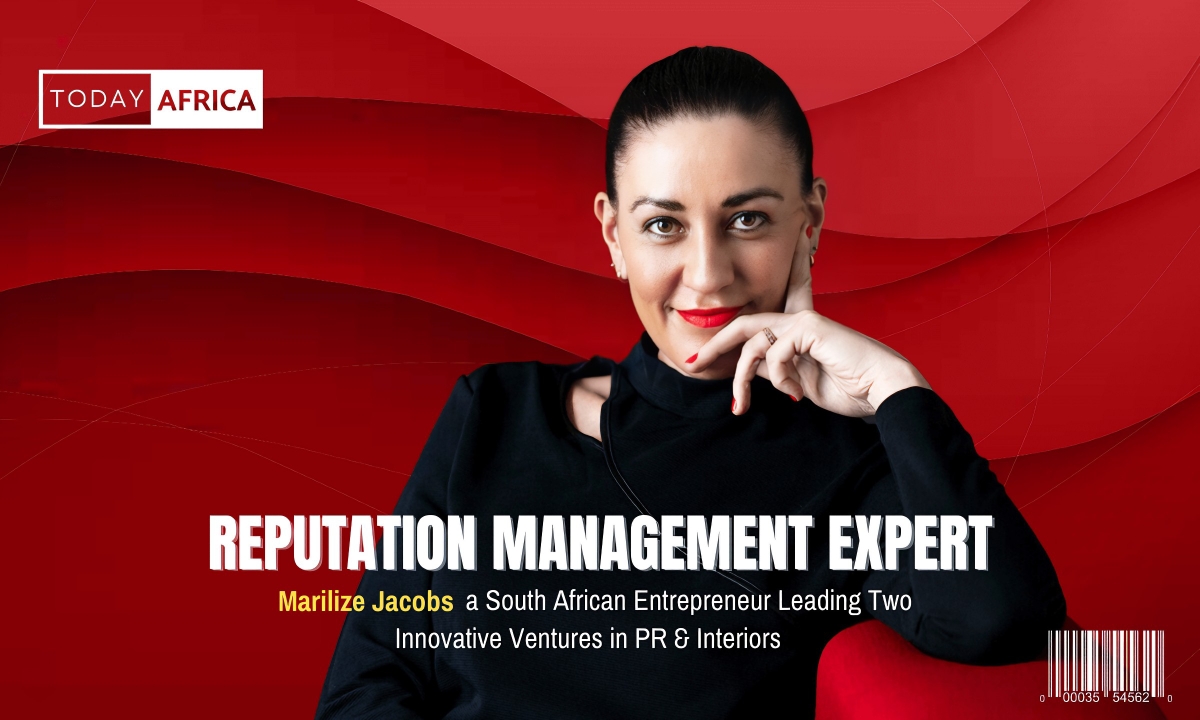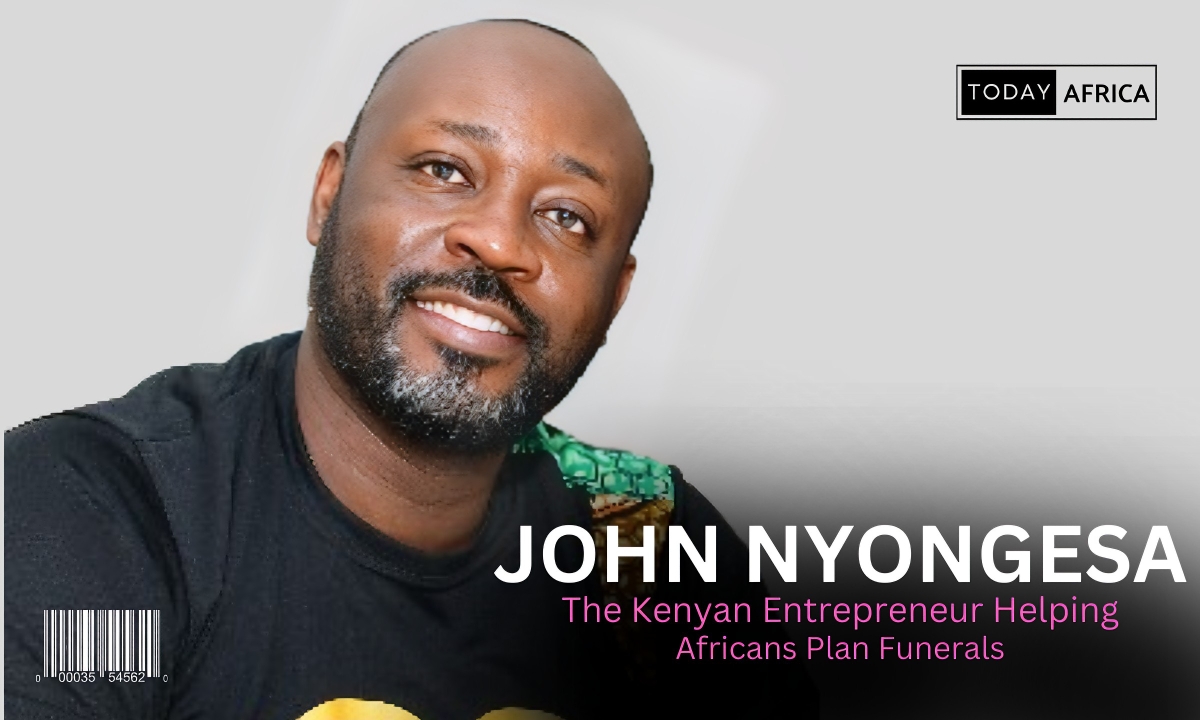Nelly Paulser is the co-founder/CEO of a graphic design business in Zimbabwe called Graphic House Zim.
A business into graphic design, printing, branding, and events business to harness the art of creativity and to increase a brand or community building message in the marketplace.
Nelly is passionate about women in business and is committed to making an impact on local community schools. Both in urban and rural setting through the use of design and print tools at her disposal.
Her aim to build a safer and more peaceful learning environment for all African Children in line with the Sustainable Development Goals (SDGs).
Nelly is an award-winning entrepreneur and she’s:
- ImpactHer Ambassador for Zimbabwe
- An Alumni of the Academy of Women Entrepreneurs
- A Geneza School of Design Scholar
- A recipient of a Tony Elumelu Foundation grant
- One of the 503 African Women Entrepreneur Finalists selected by Women In Africa for training and mentorship
- A recipient of UPG Biashara program
- A recipient of sustainability and resilience for enterprises under the International Labour Organization.
Recently, we sat with Nelly Paulser who shared her inspiring entrepreneurial journey and the story behind her graphic design business. We’re happy to share this with you but before you read, check out part one of this interview.
How is Your Company, Graphic House Zim, Making an Impact Beyond Profit?
We basically have something that we do for communities, like churches, where we give back, especially for their events. We do their design, their printing and their branding for totally free, so we don’t make anything from it. But we do it specifically if the event is supposed to impact either entrepreneurs or is supposed to impact young people, because we’ve got the young people at heart. That’s one of the things that we do.

The other thing that we do is as founders of Graphic House Zim, we’ve actually founded Lerato Trust. Lerato Trust initially was a Graphic House baby, but then we’re now in the process of trying to separate the two. And Larroto Trust has basically three thematic areas that we focus on. The first one being anti-bullying awareness. Last December, we hosted an international event where we were actually engaging families. The topic was actually engaging families to prevent bullying in schools.
Our focus area is actually schools and education and that’s the area where our heart is and that’s the area where we want to impact the most with design, print, and branding. So Lerato Trust is actually a design print and branding non-profit organization that focuses on the educational sector and the young people at heart. Whether it’s young people within a church, whether it’s young people within a community, whether it’s young people within a school. We use design, print, and branding to bring out the issues that affect children the most in that environment, in order to build their confidence, in order to create quality education, in order to allow them to have an environment that’s conducive for academic excellence. So that’s another area that we focus on.
The Lerato Trust also focuses on the young entrepreneurs, the kid entrepreneurs. We actually have a combined program in August in Botswana in Hebron where we are actually going to be using our skills as design, print and branding to educate the kid entrepreneurs on how to become entrepreneurs. We help kid entrepreneurs in building their businesses in growing their businesses, but we use that as part of design, print, and branding. So whether they’re actually reading something or we actually physically go and teach them a skill, we are trying to give them in part what we have in their lives so that they too can ensure that they have a better start than we did.
Another leg that we also focus on is to bridge, we are looking at bridging the print industry on the educational sector. Basically we’re saying that a child that’s coming from high school should actually be interested in the IT area, which is, which must do specifically with graphic design, printing and brown room. So any child that’s interested in that area, we actually take our time to give them a real life experience of the industry, so that they can find whether this is an industry they want to get into or not.
This allows them to make early career guidance decisions. It also allows them not to get into a field that they don’t have a passion for. If they get a live experience, they can then decide, is this something I really wanna get into or there’s too much pressure, I can’t get into this. So it helps them to make that decision at an early age. So basically we sort of be the bridge that they need for that experience and that exposure before they get into the industry.
If they do get into the industry, at least what we give them is a basis for them to start from. A basis for them to grow from, and they’re able to know what equipment to invest in in the future, and how to invest in that equipment, and also in terms of how to actually do the skill to produce the service.
We also look at things like integrity and how to build your integrity as an entrepreneur in this industry. So all those aspects we look at so that we can build better IT or can I say better printing businesses in the future. So that’s basically what Graphic House does. We have introduced something that will impact or that is already impacting our communities and we’re hoping it can stretch out to other communities and other countries outside of Zimbabwe as well.
How Has AI Impacted the Graphic Design Industry and Do You Think AI Will Replace a Graphic Designer?
I actually think AI will not replace the graphic designer. Personally, that’s my view. Other people could argue. But I feel that the passion for graphic design is inborn. The creativity is in your heart, it’s in your mind. In as much as you can use a tool as a means to an end, it still needs that special touch from you.

So you find that with AI, you can create a design, basically, I want it to look like this and like that and like that. It can give you that feel of the 3D, the HD quality that you’re looking for, but you still would need to take that design and tweak it a little bit to give your particular touch. So saying that it will replace graphic designers, I don’t think so.
I actually think it will just speed up the process to actually delivering your service, but it will allow you to speed up the process and then you still have to add your special touch to finalize the design just buy anything that’s also.
We actually thought when Canva was introduced, we thought, oh, now there’s Canva, there are now mobile apps, people won’t come to us. People come to us because we have that special touch that they’re looking for. Things can come standard, but so is that little touch that you need to add to a design that is kind of like a signature to say this is Graphic House Zim.
And it doesn’t necessarily mean graphic designers are not working. Yes, it can mean that your staff has lessened because the workload will probably be less. But it also means that you need to upskill yourself so that you are able to manipulate the design to fit your specific signature or your specific type. So replacing not as such, no. But enhancing and speeding up the process, definitely.
You find someone like us, or me specifically, I’ve actually incorporated AI in my next book, and it’s coming out this year. And I’ve actually tried to use the AI application to create some of my artworks. And it’s going to be interesting because it’s a journey for me as one in the graphic design industry.
Maintaining a Positive Culture in an Organization is Very Important. What Kind of Culture Exists in Your Organization and How Did You Go About Establishing it?
In Graphic House Zim, we actually created a culture where honesty is number one, integrity is number two. I would say the one thing that you need to do as a business is to always communicate your culture downwards. Everyone in the business needs to know. If the business slightly changes, everyone needs to know why, how, where are we going?
And so your culture is supposed to come out in your staff, it’s because you’ve communicated it to your staff. You’ve taught them how to do it. Because assuming someone knows how to do it, you’re preparing yourself for a downfall. Even if someone knows how to do it, you still have to communicate, you still have to train, you still have to educate someone, so that they know this is how things are done within the Graphic House.
So that’s basically how we build our culture. In every aspect, the way we want our clients projects handled. The way we want our quality of work, we make sure that we train, we make sure that we communicate, and we make sure that we educate. So that everyone knows how to do the work, the way Graphic House wants it done.
At the same time, we also believe in a culture of growth. And that’s something that business does fear. Like with us, most of our staff, they’re youths. We actually try to employ youths in our business. And so with the youth that we have, we always want to empower them. We always want to help them to grow. They cannot grow if we don’t make an effort to cultivate that culture of growing. Cultivate that culture of wanting to know.
And it always has to come with a positive atmosphere. We have to make sure that they understand why they need to grow, and where their future is going. And your growth idea into them actually learning things that will help them in future. So that’s something else that we always emphasize on growth as an individual and in the process growth of the business. So as we grow, they also grow.
The Culture is Very Important and Many Businesses Don’t Have it

The funny thing about it is that even in our business, most of our staff, though they’re youths, have actually come into the business without any form of education in our industry. And we’ve watched them grow from being someone who didn’t know how to even cut paper to being someone who’s now branding exhibition stands. And the skill, the way they’ve built their skills is just mind blowing. You would never guess that these guys have never gone to a school where they got an education to do what they do. They do it excellently, and they do it because they have that passion to grow as well.
How Are You Doing Today and What Does the Future Look Like for Graphic House Zim?
At this particular instance, we are at the growth stage. Why do I say that? I’ve already passed a stage where the business has actually won awards and all sorts. But we want to grow. We want to be able to impact the educational sector.
And where we are, we’re just at the start of what we want to do. So we want to really get into the education sector. We want to create a bridge that has never existed before in the education sector. And we see the vision is very bright. Where we’re going, there’s a lot of light for what we want to do. And we’re so excited because we know that changes are coming.
It’s going to impact so many lives. And we are so excited about it. And I’m so fortunate to be part of this journey that we are going in, that we are embarking on. Yes, we’re going to grow as a business, but I don’t think the focus is really on the growth side. Yes, though we are growing, we know we are growing. But I think the impact more than anything that’s gonna be so amazing because you’re gonna see how lives will begin to change and how lives will be impacted everywhere.
What Are Those Lessons That You Have Learned That Are Very Helpful in Running Your Business as an Entrepreneur?
I think one of the things is that in this business, you need to make sure that you are very consistent. If you learn to be consistent, you will be in the industry for long. I think our biggest downfall as young entrepreneurs is we are sort of a hit and run. So you start something today, it doesn’t work for one, two, three months, we leave it, we move on to the next step. But it’s only the consistency of opening every day that will allow you to grow. Whether someone walks in or not, open every day, it will have to grow. So that’s the first thing that I’ve learned.
The second thing that I believe I’ve learned in this industry is to always look out for opportunities for growth. Always look out for integration, where my supplies are coming from, how can I possibly make things easier, where am I finding challenges? Because where you are finding challenges, that’s where everyone in your industry is finding challenges. So if you then create a solution, people are paying for solutions. That’s what they’re paying for. And if you look at forward integration, what are you doing? Who are you supplying your prints with? Who are you supplying the branding for?
With us, we actually embarked on growth in the event side. So we’ve got Graphic House Zim events, which actually offers events styling as well as branding. We print, we design, we print, we run for events, but we also go a step further to do decor for the event. So we actually had a team that has actually gone out to learn different forms of decor, which is like table settings, and balloon styling. Why? Because it’s about growth. It’s about actually offering your clients an option to come into one space and get everything that they need.
So backward and forward integration will always grow your business. You need to always look out for opportunities. You need to always look out to say, how often can I meet my clients’ requests? Because clients will always come to you and ask you, why don’t you do this? Why don’t you do that? Listening to your clients will help you grow.
What Advice Would You Give to Other Africans, Especially Women Who Want to Start Their Business?
Don’t be afraid. Go out there and try every little idea that you get. Try it out. Find out where you’re going wrong. Fix it, get up again. You’re going to fail. In business, you are going to fail. But failure is only a stepping stone to learning. So you get up, you ask yourself, where did I go wrong? How do I fix it? You fix it and you move on. I’ve had clients who are so amazing, who’ve actually given us second, third chances to make things right.
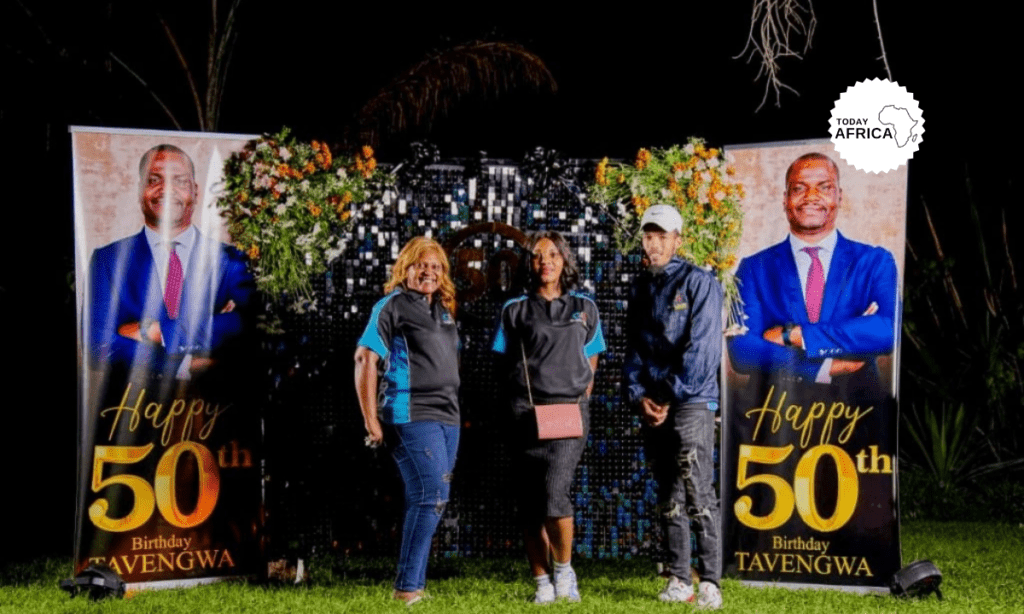
Those clients have actually helped us to grow. Do not be afraid of failure. Do not be afraid of, you know, you just have to be courageous. Being in that business. Never give up. Hold on to it. Hold on to the vision until it comes to pass. So that’s my advice for any woman entrepreneur who’s out there. If you are getting into a male dominated industry, do not be intimidated. Be brave enough to go out there and give your best to it. And in a very professional manner, you’ll be surprised how fine you are.
Quick 6 Questions With Nelly Paulser
1. What is the African country that you want to visit this year and why?
Zambia. I was recently on a holiday um over the December time and I met a woman from Zambia. She struck me with the information she gave me about Zambia and the experience you can get in the tourism industry. We’ve recently been speaking and she’s shown me her entrepreneurial side, where she actually makes women’s traditional outfits. And that absolutely blew me away because I saw her talent and I can’t wait to actually go and see how her business is doing. I’ve also met other women as well from Zambia and I can’t wait to interact with the Zambian women.
2. What is the most underrated Zimbabwean food?
This is going to be funny, but those who follow me on social media know. I think chicken feet.
I believe that it’s so underrated because it’s so tasty. And when it’s cooked in Zimbabwe, it’s so amazing. You can have it with our staple food of Saza. It will blow you away.
3. How do you look after yourself in your free time?
During my free time, I actually take the time to be with my family. I’m a very family-oriented person and I love being with my kids and my husband.
4. What are the most humbling moments in your journey as an entrepreneur?
You’re making it so hard. OK, humbling moment. Number one is this. This is one of the most humbling moments for me. Okay, being interviewed by you. Let me give you a second one as well. My second one would be being acknowledged as business woman of the year. That was very humbling for me.
5. What sports do you like?
I like tennis, but I’m not a very sporty person. I’m not fond of sports like fanatics do. But I don’t mind watching tennis. I don’t mind watching tennis. I don’t watch soccer. And I don’t mind watching basketball, like a live game. And cricket as well. I don’t mind watching. But I’m not a fanatic.
Who is your favorite tennis player?
She’s not really playing tennis now. Serena Williams.
6. What is that one thing you would like people to know about you?
The one thing I’d love people to know about me is I’m a devout Christian. I totally love that part of my life.
To Find Out More About Nelly Paulser and Graphic House Zim.
Visit the company’s website and social media platforms:

